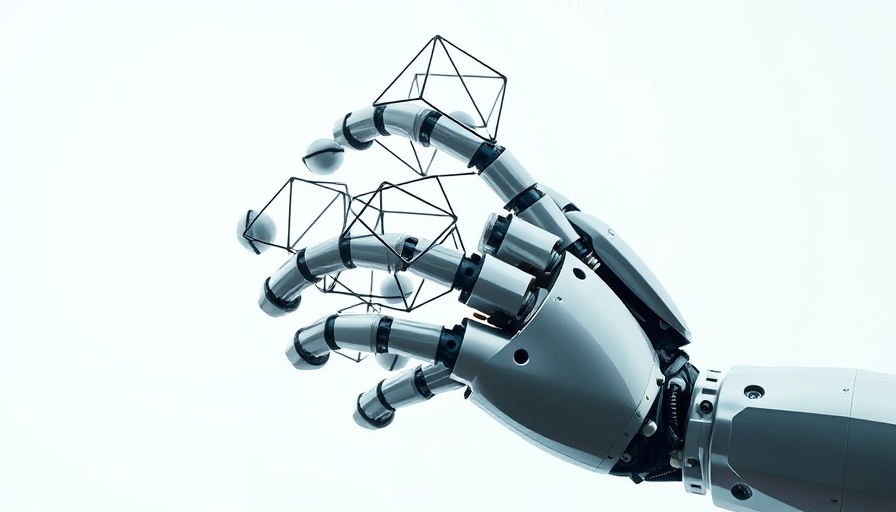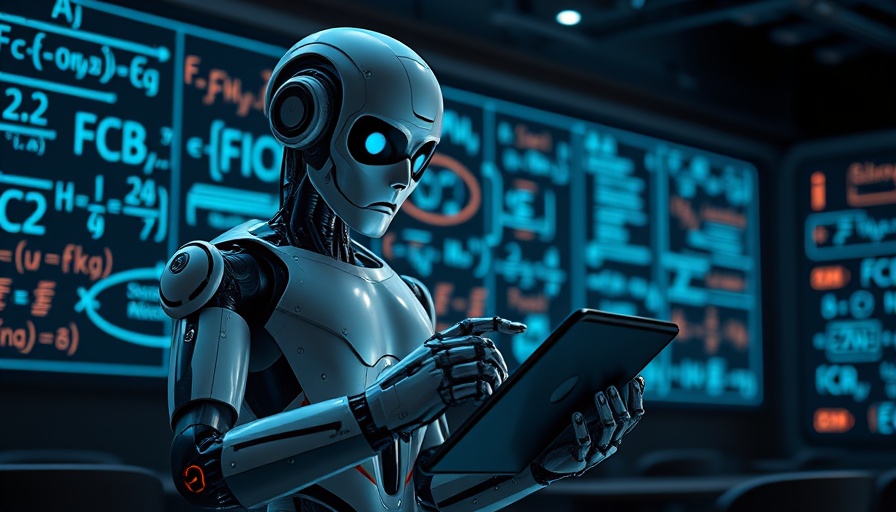
Understanding the New Era of Video Manipulation
In a world increasingly influenced by visual media, the rise of deepfake technology has caught the attention of researchers and tech giants alike. At the forefront of this battle against disinformation lies a revolutionary tool called UNITE, developed by researchers at the University of California, Riverside (UCR) in partnership with Google. While traditional methods of detecting fake videos have primarily focused on manipulated faces, UNITE takes a broader approach, enabling it to identify fabrications even when no faces are present in the scene.
The Mechanics Behind UNITE
UNITE, an acronym for Universal Network for Identifying Tampered and synthEtic videos, leverages advanced AI technologies that go beyond simple facial recognition. It employs a transformer-based deep learning model that scrutinizes the entirety of video frames, assessing backgrounds, motion patterns, and subtle inconsistencies that often escape the notice of conventional detection systems. Professor Amit Roy-Chowdhury, who co-led the development of this AI model, emphasizes that deepfakes have evolved from mere facial swaps into entirely fabricated video parties where both subjects and environments can be completely unreal.
The Growing Threat of Deepfakes
In recent years, the emergence of text-to-video and image-to-video generation tools has increased the accessibility of creating deepfakes. As doctoral candidate Rohit Kundu notes, “It’s scary how accessible these tools have become.” People armed with basic technical skills can now fabricate convincing videos of public figures, creating significant risks to personal reputation and trust in media.
Why Today’s Tools Aren't Enough
Until now, many existing systems have struggled to effectively spot deepfakes unless a face was involved. However, myriad forms of disinformation can arise without facial cues, pointing to the necessity for a technology that can identify alterations in any part of the video. Kundu explains, “Altering a scene's background can distort the truth just as easily,” which further highlights the need for a comprehensive detection approach.
The Innovation That Could Change the Game
UNITE's unique training method, known as 'attention-diversity loss,' ensures that the AI system monitors multiple visual regions in each frame. This diversity in analytical focus aids in the prevention of overreliance on facial cues. The implications for media integrity and public trust are monumental; newsrooms and social media platforms may now have an essential ally in maintaining online authenticity.
Looking Ahead: A Necessary Tool in the Fight Against Misinformation
As deepfake technology continues to evolve, tools like UNITE are more crucial than ever. The ability to detect sophisticated fakes may hold the key to preserving truth in various contexts, from journalistic integrity to political discourse. While the challenge remains formidable, innovations in AI like UNITE offer a beacon of hope in the ongoing effort to combat misrepresentation in media.
As we navigate this intricate landscape of technological advancements, awareness and educated discussions become vital. Understanding tools like UNITE not only fosters informed media consumption but also empowers individuals and institutions to push back against the tide of misinformation.
 Add Row
Add Row  Add
Add 




Write A Comment